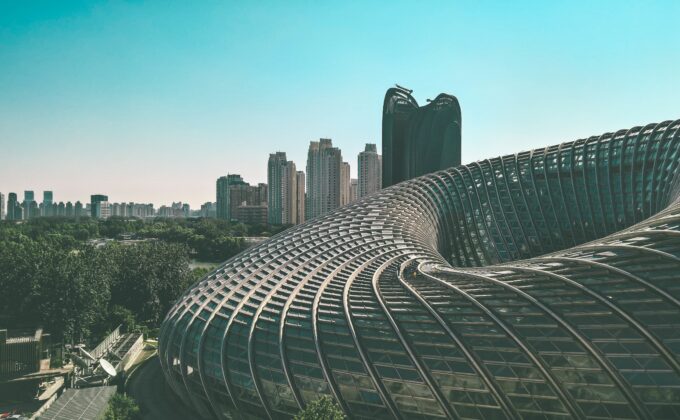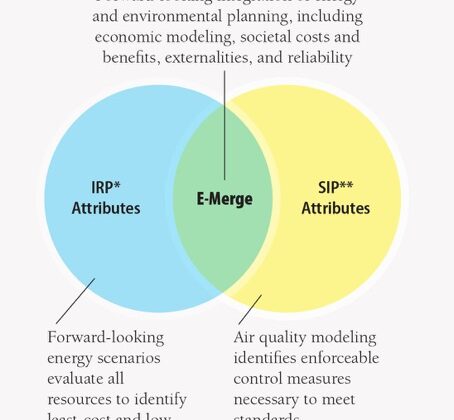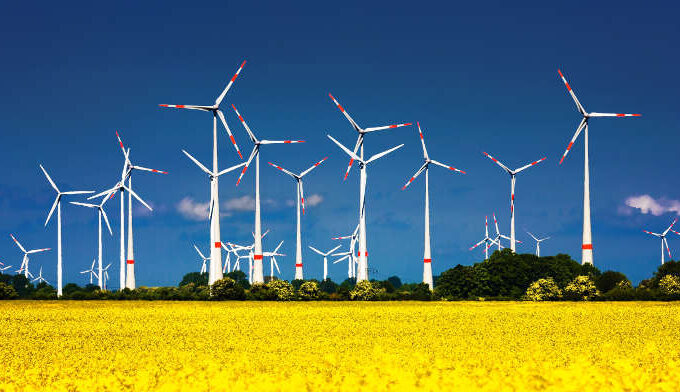Content Filter:
January 4, 2017
Emissions Performance Standard Could Improve Environmental Outcomes and Complement China’s Electricity Market Transition
- Christopher James
The electricity sector components of China’s 13th Five Year Plan reaffirm and strengthen previous commitments to establish electricity markets and to eliminate the generation quota system. The Chinese government has also committed to further reducing air pollution and… View Summary +

December 13, 2016
Retooling Regulation: Is Integrating Energy and Environmental Regulation Legal?
- Christopher James ,
- Ken Colburn
Broad state authority under the Clean Air Act means regulatory reforms would likely be permitted This is the third of RAP’s four-part series on the merits of greater integration of energy and environmental planning and regulation. The first piece… View Summary +

November 3, 2016
Retooling Regulation: a Closer Look at Integrating Energy and Environmental Policy
- Christopher James ,
- Ken Colburn
Part one of this series described why it is increasingly necessary to integrate energy and environmental planning and introduced one way to do so, the E-Merge approach. Improvements in public health science, detection technologies, and modeling over the last… View Summary +

September 15, 2016
Is It Time to Retool Regulation for Clean Air, Clean Energy?
- Ken Colburn ,
- Christopher James
Looking at the electric power industry today brings to mind the well-known April 1970 dispatch from Apollo 13: “Houston, we have a problem.” Actually, we have several. Prominent among them is the growing permeation of environmental issues into energy… View Summary +

December 2, 2015
Put the Horse Before the Cart: Align Clean Power Plan Compliance with State Energy Goals
- Ken Colburn ,
- Christopher James
Most states are still sorting through the details of EPA’s Clean Power Plan (CPP) final rule. Given its significant, though generally positive, departure from the proposed rule, and EPA’s initial plan submittal deadline of September 6, 2016,… View Summary +
November 10, 2015
完善排污许可证制度,实现空气质量的提高
- Christopher James
自2011年起,中国政府在制定综合全面的空气质量规划方面取得了巨大的进步,不仅采用了新的空气质量和排放标准、部署了上千个空气质量监测仪、制定了严格的空气质量改善目标,而且最近修订的大气法中更是包含了对于违规的企业实行“按日计罚”等措施。 制定标准是关键的第一步,而实施则是确保实现减少污染物排放目标更为重要的一步。… View Summary +
November 10, 2015
Effective Permitting System Needed to Secure Air Quality Gains in China
- Christopher James
Since 2011, the Chinese government has made significant progress in developing comprehensive air quality plans, by adopting new ambient air quality and emission standards, deploying more than 1,000 new air quality monitors, and establishing stringent air quality improvement targets. Most… View Summary +
September 2, 2015
New Chinese Air Law Integrates Energy and Environmental Policy
- Christopher James
The National People’s Congress (NPC) adopted revisions to China’s air law on August 29th that will go into effect on January 1, 2016. Last revised in 2000, the new law is intended to respond to and reduce… View Summary +
May 29, 2015
A Reliability History Lesson
- Christopher James
A new discipline—environmental history—recently came to my attention while helping my Chinese colleagues develop plans to manage air quality. They wanted to know what Los Angeles did in the 1950s and 1960s to clean up its air and what London… View Summary +
February 5, 2015
Tackling 111(d) Compliance Planning: It’s Not a SIP!
- Christopher James
States asked the U.S. Environmental Protection Agency (EPA) for flexibility in crafting plans to meet the requirements of the proposed Clean Power Plan (also known as 111(d), after the pertinent section of the Clean Air Act), and EPA listened. EPA’s… View Summary +
